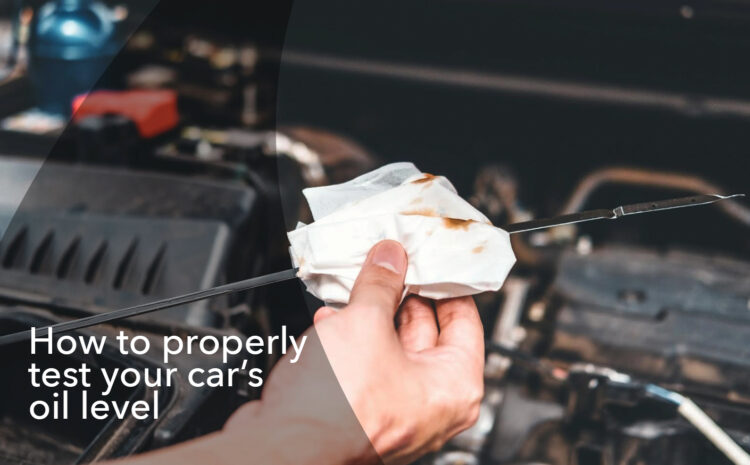
How to properly test your car’s oil level
Regularly checking the oil level in your car is one of the most important parts of car maintenance. We are able to complete this really easy task on our own. The procedure is always the same, regardless of the brand or model of your vehicle. Every automobile has an oil reservoir dipstick, though some more recent models may use the onboard computer to notify you when the oil is low.
Make sure the automobile is on a level surface and that the engine is off and cold before opening the hood to find the dipstick. The expansion of materials or the angle of the oil tank will cause the oil levels shown to be higher than they actually are if the car is tilted or the engine is hot, making you waste time on the test. Once you’ve made sure the automobile is positioned correctly, you can open the hood and find the dipstick.
It is easily recognized since it is typically brightly colored to set it apart from other engine components. Take off the dipstick’s screw and wipe it down with a paper or towel. Before re-entering the dipstick, look for two marks on the bottom: one that indicates the minimum oil level the engine needs and another that indicates the maximum. The dipstick should be carefully removed and reinserted to prevent tampering with the sample, now that it is clean and well-known to you.
The handle should always be above the tip, ideally horizontal. The tip of the dipstick should be above the handle; otherwise, oil might spill, resulting in a reading higher than the actual level.
Without dripping (you can use your free hand to hold a cloth or paper a few centimeters below the dipstick), check if your car’s oil level is within the recommended limits. If it’s low, simply add some oil, and if it’s high, we recommend visiting a mechanic to have the excess removed.
How often to check it?
During routine inspections or when passing an MOT (Ministry of Transport or another public institution) test, the oil will be checked, but it’s recommended to check it once a month, with the change of seasons, or before starting a long trip. It is crucial to ensure that the oil levels are within the recommended range, as driving without sufficient oil causes the engine parts to lose their protective layer, leading to excessive friction and high temperatures that can seize or damage the engine.